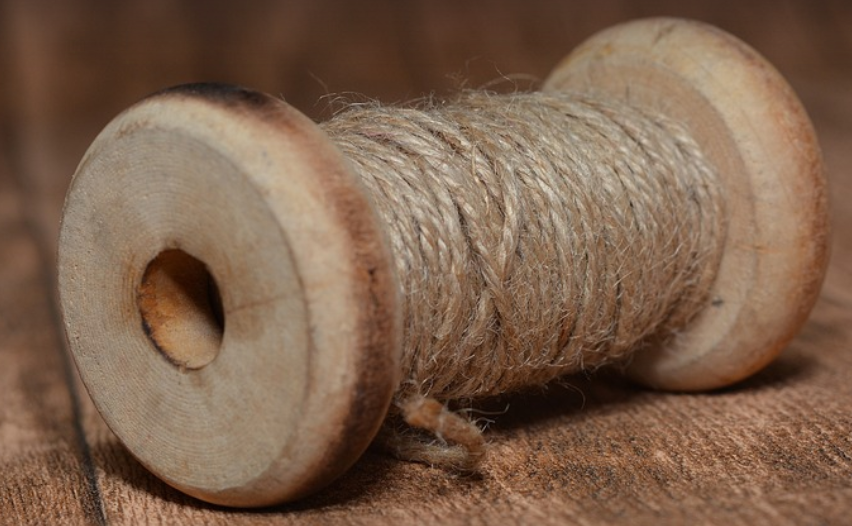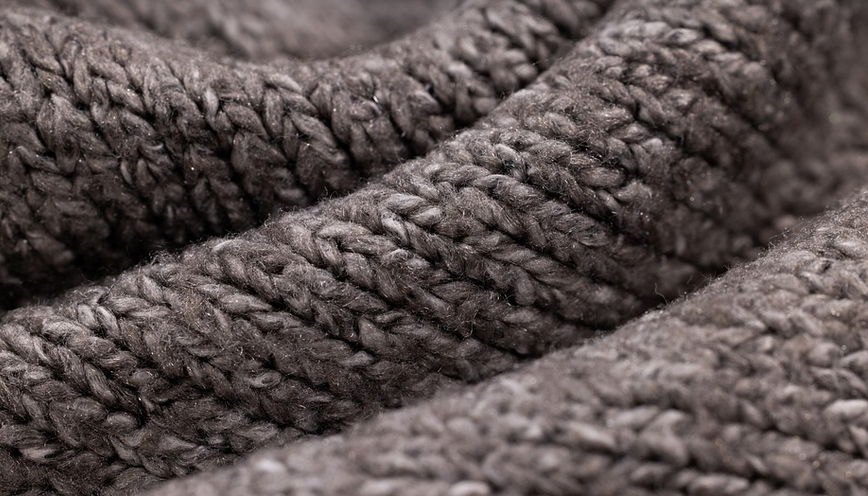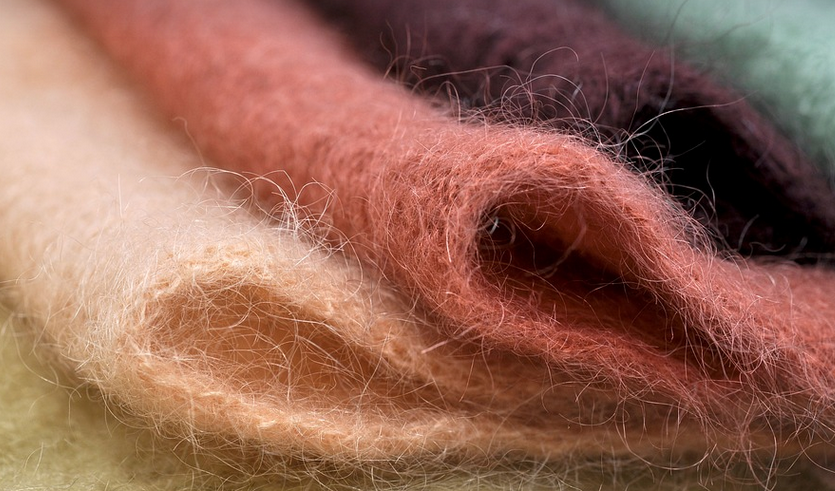
What are Trawl Nets?
Trawl nets, also known as purse seines or trawls, are a quintessential tool in the fishing industry. These large, seemingly simple net structures play a significant role in commercial and recreational fisheries around the globe. Imagine them like giant, weighted bags with interconnected panels that can be stretched out over water to trap fish.
Why Choose Trawl Nets?
Trawling offers numerous advantages for fishermen, making it an appealing choice for various fishing needs:
- Catching a Wide Variety of Species: Trawl nets are highly versatile and can target different types of fish. From cod to tuna, halibut to shrimp, their broad netting capacity captures a wide range of species.
- Economical for Large-Scale Operations: Trolling long lines with multiple trawls is the most efficient way to cover large water bodies and increase catch potential at a lower cost compared to other fishing methods.
- Efficient Catching Process: These nets can be set quickly, allowing fishermen to start catching fish as soon as they reach the desired location. This speed and efficiency make trawling ideal for commercial fishing operations where time is of the essence.
- Sustainable Fishing Practices: Trawls are capable of capturing large schools of fish in one go, making them particularly effective for managing fish populations effectively.
Navigating the World of Trawl Net Materials
The materials used to construct commercial-grade trawls significantly impact their durability and performance. The most common options include:
- Nylon: Strong, lightweight, and abrasion-resistant, nylon is a staple material in modern trawl nets. Its affordability makes it ideal for commercial use.
- Polyester:** Known for its superior longevity and resistance to harsh weather conditions, polyester trawls are preferred in areas with heavy rainfall or rough seas.
The choice of material depends on factors like fishing environment, target species, budget, and desired net lifespan. It’s always advisable to consult with experienced marine gear specialists who can advise you on the best material for your specific needs.
Choosing the right Trawl Net Size
Just as important as selecting materials is choosing the correct size of your trawl net. The size influences various factors like catch efficiency and potential costs.
There are numerous variables to consider:
- Target Fish Species: The size and weight of the fish you’re targeting will determine the ideal twine size. Larger fish require larger nets.
- Fishing Depth: The depth at which you plan to fish influences net selection. Deeper waters might necessitate wider or thicker nets, allowing for greater water coverage.
- Water Currents and Waves: Consider the prevailing currents and waves in your fishing area. A bigger net is better equipped to handle strong surges or turbulent waters.
Trawl Net Specifications: A Closer Look
When purchasing a trawl net, it’s crucial to pay attention to details that ensure long-lasting performance:
* **Mesh Size:** The mesh size within the net determines how large or small the fish are you can catch. A smaller mesh is ideal for smaller species and larger catches. * **Net Weight:** The weight of the net impacts its ability to sink properly and hold the target fish effectively. Heavier nets sink faster, which helps to prevent unwanted drift during fishing. * **Net Construction: Trawls come in various constructions including single-layer, multi-layer, or even weighted designs. Each type offers different advantages and disadvantages based on your specific needs.
Where to Buy Trawl Nets
Choosing the right supplier is crucial when buying a trawl net, as you want to be sure it’s of high quality, durable, and meets your budget and fishing requirements.
* **Online Retailers:** Online marketplaces offer a convenient way to compare prices and find reputable sellers. * **Local Fishing Supply Stores:** These stores often have knowledgeable staff who can guide you toward the best options for your specific needs.
* **Specialized Trawl Net Manufacturers:** If you’re looking for high-quality, custom-made nets that meet your unique requirements, consider reaching out to manufacturers dedicated to making fishing equipment.
Maintenance and Care: Keeping Your Net in Top Condition
Proper maintenance is essential to extend the lifespan of your trawl net and ensure optimal performance.
* **Regular Cleaning and Inspection:** After each fishing session, thoroughly clean and inspect your net for any damage or wear. Removing debris and salt water buildup ensures long-term functionality. * **Storage: ** Proper storage is critical to prevent mildew or damage from sun exposure. Store your trawl nets in a cool, dry place away from direct sunlight.
Final Thoughts
Trawl nets provide a dependable and effective way for fishermen to catch their desired catches. By understanding the different elements of a trawl net’s design, materials, and proper maintenance techniques, you can make informed decisions and ensure success in your fishing endeavors.
***






